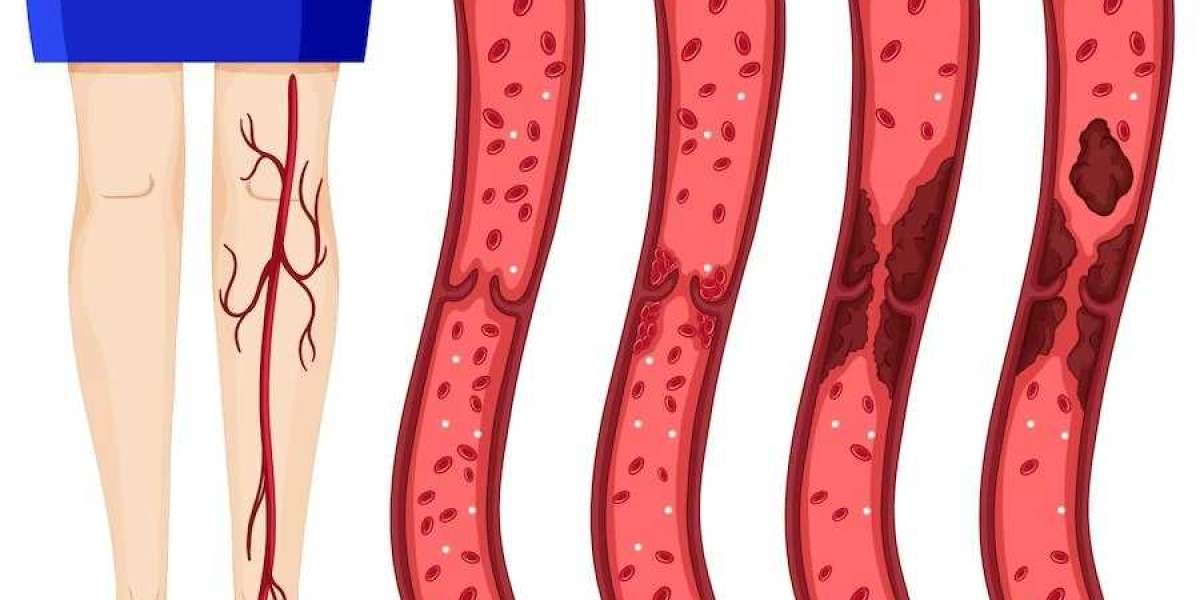There can be a great impact on your daily life if you have developed venous insufficiency. If you have developed such a condition, it can change your look. If the condition is untreated, it can cause potential long-term health issues, chronic pain, and serious discomfort.
There are several symptoms of this condition, which podiatrists can detect, and can provide the proper solution to such a condition. Before going to the symptoms of the condition, you must understand the basics of the condition.
What Is Chronic Venous Insufficiency?
When the veins within your legs cannot properly transfer the blood back to your heart, you will understand that you have developed venous insufficiency. While it will cause the blood to pool up in your veins, your valves will subsequently weaken.
There can be worse effects of swelling, fatigue, pain, and change in the skin. It is very natural that regularly, you do not want to experience such symptoms in your legs. It is seen that your arteries will carry blood from your heart to the rest of the body.
While your valves in the veins stop the blood from flowing backward, your veins will carry blood back to your heart.
While the condition is caused due to development of varicose veins, and blood clots, there are other symptoms of this condition. The symptoms can also rise if you have a family history of this condition.
It is time to check out the initial symptoms and undergo the venous insufficiency treatment within a specified time.
What are the Initial Symptoms?
It is seen that the initial symptoms can be different, as they vary from person to person. These initial symptoms are:
- Aches, or pain that can cause legs to feel heavy
- Feet, ankle, and leg swelling
- Leg cramping, fatigue, and muscle spasms
- Alteration of skin color, dryness, itchiness, and development of reddish-brown tone of the skin
You should also be aware of various types of veins, as you need to know various types of symptoms. Your body is made up of superficial veins, deep veins, and perforating veins as well.
There can be varying impacts on the condition if these veins do not perform properly. While transporting generous amounts of blood to your heart, deep veins play a larger role.
Symptoms in Detail
It is time the check the symptoms of the condition in detail.
Swelling in Your Legs
If you have never experienced swelling in your legs before, the condition will give rise to swelling on and around your legs. It is the primary symptom for VI, while swelling can be a sign of multiple conditions.
There can be stagnation and rest in your legs if your veins start to have difficulty regulating your blood flow. The blood will never be redirected back to your body. You must lie down and raise your legs above your heart, which will normalize the blood flow.
If you do not know it, podiatrists will show you, which is a part of leg vein treatment in Jupiter, Fl.
Bulging Veins
Bulging veins is another critical symptom of VI. It is often found in the legs. If the blood is not flowing back to your heart, there will be the development of bulging veins. While the bulging appearance will be the same as spider veins, the blood will get pooled in the vein.
You need to undergo treatment under a podiatrist if you experience such bulging in your veins. There are treatments, which can be done by podiatrists, once you experience such symptoms.
Final Thoughts
VI can give you lots of trouble throughout your life. You will need to understand the symptoms, as you develop such a condition.








